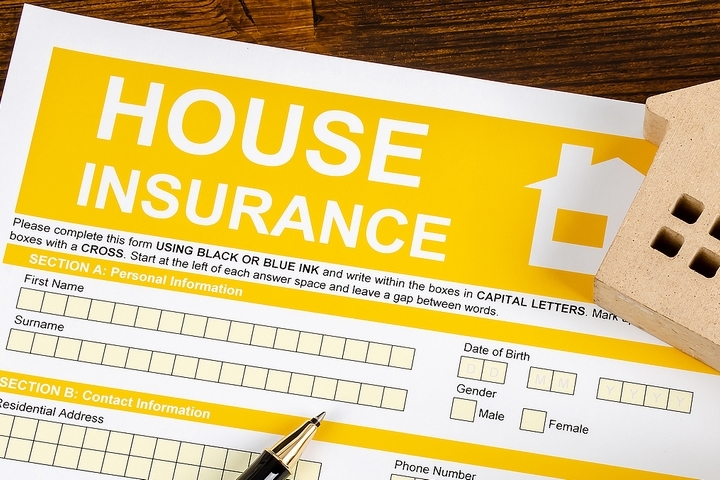
The thing you thought would never come, would never happen to you (because it always happens to other people, right?) has actually happened. Your home, the one place in the world where you can fully relax and be yourself and feel safe, has been broken into. The sanctity of your house has been violated and you’re worried. Will it happen again? What should you do? Will you ever feel safe in your home again?
If this has happened to you, we’re truly sorry. Home break-ins and burglaries are awful and something that no one should go through. However, there’s help available! For one, you can upgrade your security system and take precautions to help safeguard against further attacks. And for another thing, you can file a home insurance claim with your insurance provider in order to get back a lot of what you lost (in monetary value, though not the actual items–unless, of course, they’re recovered for you at a later date).
We know that filing a home insurance claim won’t restore your lost sense of security or bring back belongings that were, perhaps, very precious and important to you. But filing a claim and having it taken care of right away can help you feel as though you’ve regained some control over your life.
Below are the six things to know on how to file a home insurance claim:
1. Decide whether you need to file a home insurance claim

Insurance is our business, but we also want to be upfront with you. In some cases, it’s better to not file a claim and ‘eat’ the loss yourself. How can that be? Well, say your insurance claim covers up to five hundred dollars in damages…and the damage to your home is about four hundred or four-fifty.
It might be better to pay out of pocket instead of filing a claim and having your insurance rates go up. But if you do decide to go ahead and filing an insurance claim, read on!
2. Let your insurance provider know what’s going on

One important aspect on how to file a home insurance claim is to let your provider know what’s going on. Call your insurance provider and file a claim as soon as you possibly can so that they can start the ball rolling for your insurance claim.
If you’re unsure about the best way to contact your insurance provider or if you’re not certain that the damage to your home qualifies for an insurance claim, read over your insurance policy and/or go on your insurance provider’s website to get the necessary information.
3. Make sure your insurance provider has all the details

Take lots and lots of photos and make sure that your insurance provider has absolutely all the information you can possibly give them. This will help them make an informed decision about your insurance claim, which could help it all be resolved more quickly.
4. Fill out the necessary forms

The form that’s probably the most important is the Proof of Loss form. Depending on the damage done to your home, you may or may not have to fill one of these out–basically, if items are damaged or missing, you’ll most likely have to. Filling out this form will entail making a list of all damaged or lost items, along with as many proofs of ownership as you have on hand (receipts and so on).
Photos of the items are excellent as well (in their damaged condition). You’ll need to sign your name to the form, declaring that you haven’t lied on the form–but that shouldn’t be a problem, right? (Lying on the form could carry serious repercussions.)
5. Have the damage assessed and necessary arrangements made

Whatever has happened to your home–whether as the result of a break-in, water damage, a tree smashing through your roof, or anything else–you’ll need to let your insurance provider assess the damage and figure out what the next steps will be. Work closely with your insurance provider so that you’re all on the same page with what the company plans to do in order to mitigate the damages.
Also, you’ll probably need to work with a home repair contractor or someone similar in order to get everything actually fixed. Make sure that the price you agree on with them stays fixed (unless something unusual comes up) so that you aren’t paying a huge extra amount for repairs.
6. Know what you need/want repaired or replaced

If items have been stolen or damaged, your insurance coverage may make allowance for this, allowing your items to be repaired or replaced. If replacement isn’t a viable avenue of reparation, then your insurance provider may reimburse you for the cost of the damaged or missing item.
Again, you’ll need to read through the different forms, insurance coverage documents, etc., to see exactly what you are–and aren’t–entitled to. It’s important to remain informed at all times so that you know what your rights are and what you can expect.
